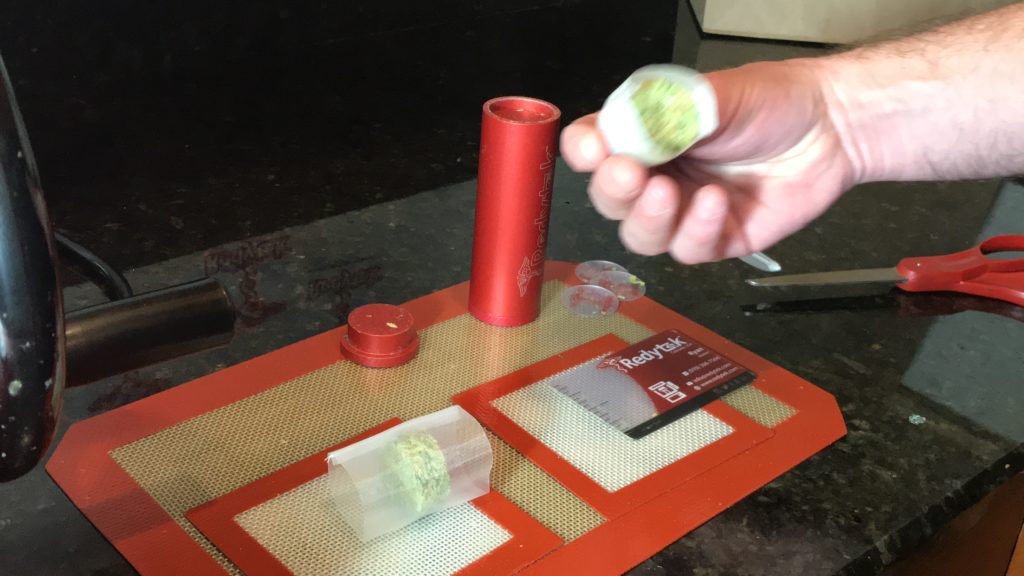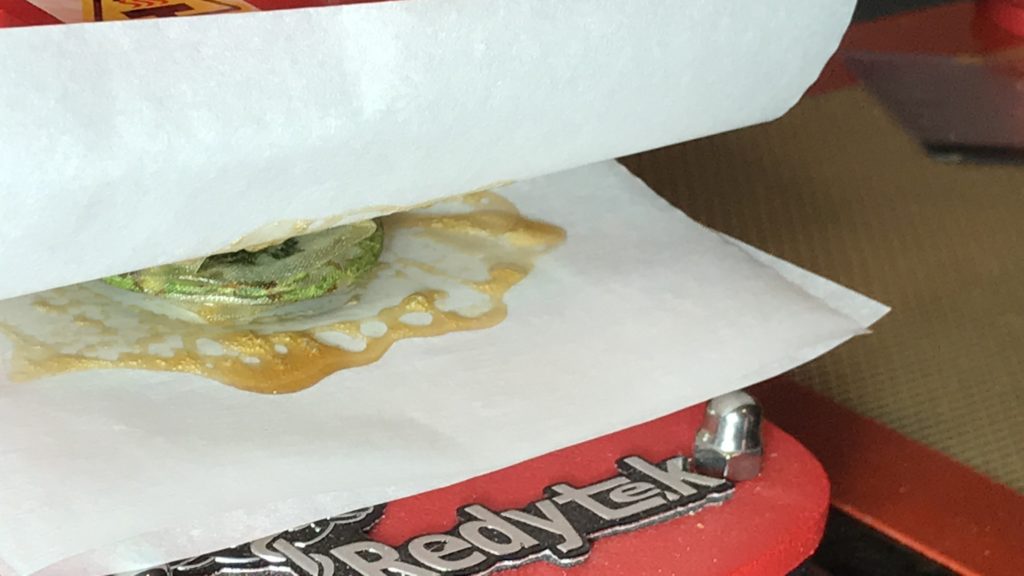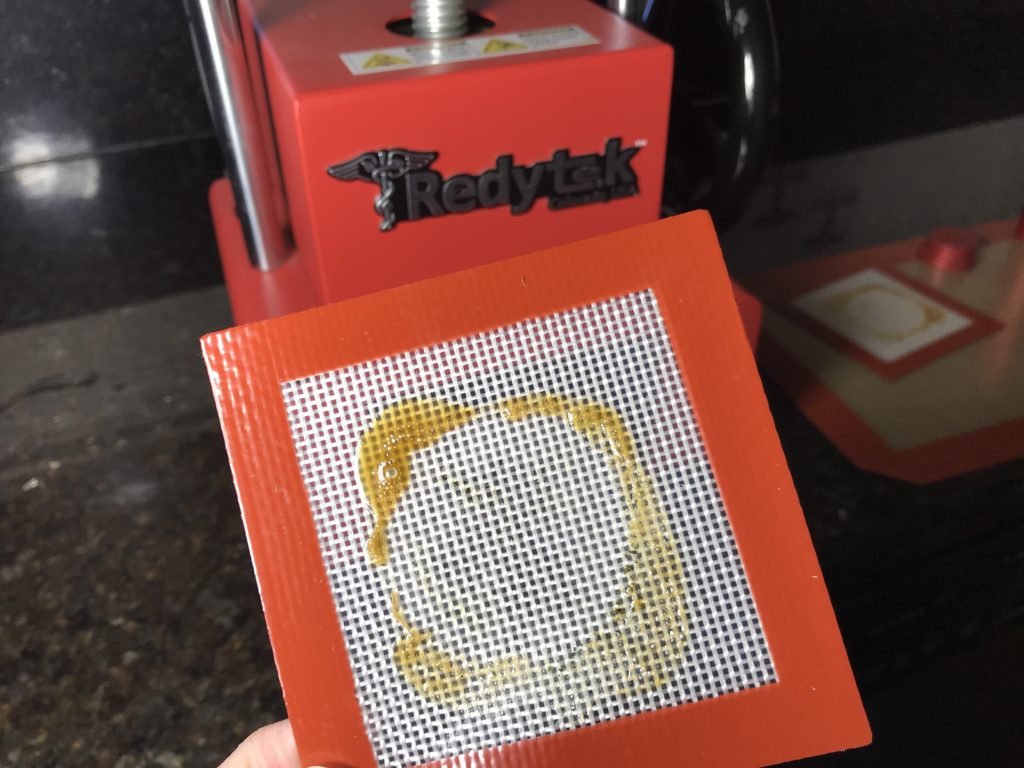Press Butte Dispensary Material into Solventless Flower Rosin
Butte Medical dabbers make solventless rosin concentrates at home!
Did you know the possession of Medical cannabis is now legal in Butte Montana?
Dispensaries are open in Butte for business, but how do you choose the best dispensary flowers for extracting into flower rosin? We have a few tips for you if you do decide purchasing material from a Butte dispensary to make into solventless concentrate is the route for you.
Sometimes it’s not possible to grow your own, or maybe you don’t yet have a time to grow. That’s ok, dispensary material will work, if you take proper preparation and own a rosin press machine. Heat and pressure are all it takes to extract the flavorful trichomes from the plant material.


Primarily, make sure you are going to a trustworthy dispensary in Butte. You want to ensure you are speaking with a well-informed bud tender. This is when reviews are your good friend. 4 star and higher rankings should be enough.
But don’t hesitate to shop around the shops in Butte. Numerous strains impact people in different ways. Pick strains with cannabinoids, terpenoids, and flavonoids that work best for you. Then stick to them. There’s no shame in smoking the exact same strains each day.
Talk with your Butte bud tender. Ensure they offer strains you like. Ask if they will continue to sell them down the road. There is fantastic peace of mind in understanding how your medication will treat you. The very same result each time.
Ask you bud tender when their Butte crops harvest was. Older plant material that has actually been sitting around longer, will likely produce a darker rosin. It works, however not as flavorful as you might expect with fresher material.
Examine the moisture content of your Butte dispensary product. Is it dank, loaded with crystals and sticky when squished? Has it been handled much? Was it properly Saved in containers and burped regularly? Proper cure is important for high quality flower rosin.
Plastic bags will steal resinous glands from your flower by adhering to the bag. Product without frosty white crytals, will not produce as much of a return.

Material needs to be re-hydrated prior to squishing. Moisture can be added to material many ways. Add moisture to a sealed container with the material sealed inside. Within 12-36hrs flower will be moist enough for efficient rosin returns. Bring your flower up to 62% relative humidity. Do this the day before pressing. Do not store material long term at high humidities.
What is the fragrance of the material you will be using? Solventless extraction keeps tasty terpenes. The fragrance of the plant originates from these terpenes. These terps are then transferred through with the oil concentrate. The better the scent, the greater the taste of the rosin.
Use a 40x microscope to check the flower’s resinous glands. Are the trich’s swollen and cloudy? Have some turned amber? Does the flower appear to have a great deal of white crystals on it? You know the saying ‘fire in, fire out’, well it’s not a saying. It’s the reality!! It take high quality starting material to make fire rosin.
Something to consider when choosing product for {echo(city)} rosin. Do you desire Indica, Sativa or a Hybrid? Remember once you turn your flower into rosin, it ends up being concentrated. Concentrates are much more potent than the flower it came from, 60-90% or greater! The rosin will retain the exact same properties as the flower, bu stronger. Much stronger.
Choose sativa if you want to remain awake, focused, creative and talkative.
Select indica if you have actually had a long day and want to unwind, alleviate discomfort, sleep.
Or chose a fantastic hybrid.
Hybrids are a mix of both Indica and Sativa. Learn if the strains is Indica dominant or Sativa dominant or 50/50. Hybrids can impact each private differently. Try out your strain in plant form prior to turning it into rosin. Learn more about the strain. Get an idea of what to anticipate. Prior to turning it into a cleaner, more potent, rosin.
Scroll Butte Dispensary Map
Find Flower in Butte to Press into Rosin!
Butte is the county seat of Silver Bow County, Montana, United States. In 1977, the city and county governments consolidated to form the sole entity of Butte-Silver Bow. The city covers 718 square miles (1,860 km), and, according to the 2020 census, has a population of 34,494, making it Montana’s fifth largest city. It is served by Bert Mooney Airport with airport code BTM.
Established in 1864 as a mining camp in the northern Rocky Mountains on the Continental Divide, Butte experienced rapid development in the late-nineteenth century, and was Montana’s first major industrial city. In its heyday between the late-nineteenth and early-twentieth centuries, it was one of the largest copper boomtowns in the American West. Employment opportunities in the mines attracted surges of Asian and European immigrants, particularly the Irish; as of 2017, Butte has the largest population of Irish Americans per capita of any city in the United States.
Butte was also the site of various historical events involving its mining industry and active labor unions and Socialist politics, the most famous of which was the labor riot of 1914. Despite the dominance of the Anaconda Copper Mining Company, Butte was never a company town. Other major events in the city’s history include the 1917 Speculator Mine disaster, the largest hard rock mining disaster in world history.
Over the course of its history, Butte’s mining and smelting operations generated in excess of $48 billion worth of ore, but also resulted in numerous environmental implications for the city: The upper Clark Fork River, with headwaters at Butte, is the largest Superfund site in the United States, and the city is also home to the Berkeley Pit. In the late-twentieth century, cleanup efforts from the EPA were instated, and the Butte Citizens Technical Environmental Committee was established in 1984. In the 21st century, efforts at interpreting and preserving Butte’s heritage are addressing both the town’s historical significance and the continuing importance of mining to its economy and culture. The city’s Uptown Historic District, on the National Register of Historic Places, is one of the largest National Historic Landmark Districts in the United States, containing nearly 6,000 contributing properties. The city is also home to Montana Technological University, a public engineering and technical university.
